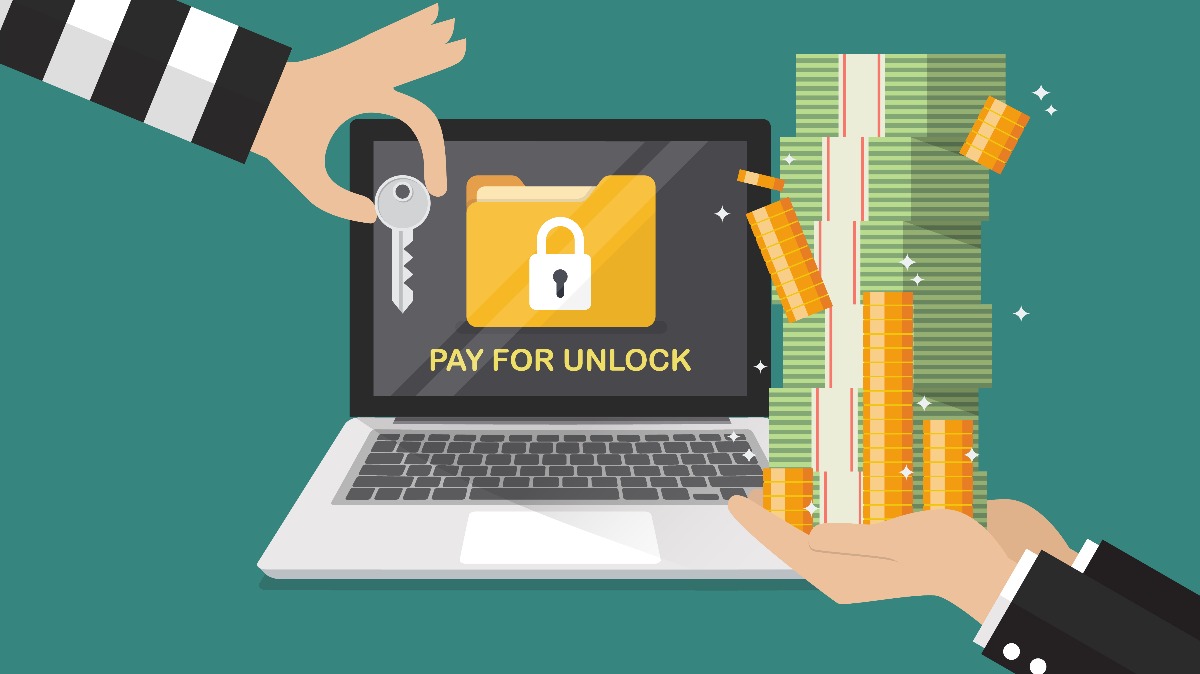
There are so many great tools available for cybersecurity, including managed detection and response solutions to boost your AWS detection strategy and endpoint security tools to help facilitate the implementation of zero-trust architecture. Even with these tools, we often have to go back to the basics when it comes to identifying cybersecurity threats.
For example, one of the year’s biggest threats certainly isn’t new, but it is growing. It’s ransomware. Entrepreneurs and heads of small businesses need to be aware of ransomware threats and attacks.
One thing that is relatively new is that the target is often the senior-level staff of a company, which could mean that you, as a business owner, are the direct target of a cybercriminal. You have to know what to watch for on a personal level, even with the best possible security tools in place.
What Is Ransomware?
You may have heard of ransomware without fully understanding how these attacks take place and how they can affect your business.
Ransomware is a type of malware that will take your company data and encrypt it until you pay a ransom.
When hackers get their hands on data and encrypt it, they might threaten to sell what they have or publish it if they don’t get the money they’re demanding.
There have been a number of high-profile ransomware attacks already in 2021. For example, Kia Motors America was a victim when hackers demanded more than $20 million in ransom. That attack caused network outages.
UL, also known as Underwriters Laboratories, is a safety certification company in the U.S., and it was also the victim of a ransomware attack that led to encrypted servers causing a shutdown of certain systems during the recovery process.
The company didn’t pay the ransom and instead internally recovered their systems.
The Statistics
From the third quarter of 2019 to Q3 of 2020, there was a 139% year-over-year increase in ransomware attacks. In the educational sector, ransomware attacks went up by 388% during the third quarter of last year.
The numbers these attackers are demanding in ransom are going up as the prevalence of the attacks is rising.
For example, in the past, ransomware attackers might ask for a few hundred dollars, but now, the demands are averaging $5 million. The company Cognizant estimated that their April 2020 ransomware attack cost anywhere from $50 to $70 million.
As of the second quarter of 2020, around half of ransomware cases involve data exfiltration. Data exfiltration means that usernames, passwords, and financial information are stolen. When personal data is stolen it means that cybercriminals have more leverage to demand even more in ransom.
Hospitals and health care providers have become a big target of all types of cybercrime in the past year, including ransomware attacks.
The Rise of Ransomware as a Service
Ransomware as a Service is something all organizations should be aware of. It’s a business model that a developer of ransomware will use to lease their variants. It’s like legitimate software developers leasing SaaS products.
That means that RaaS provides the opportunity for anyone to launch these attacks, even without much technical knowledge.
Attackers can buy RaaS on the dark web, and they often pay a monthly subscription fee. There are even affiliate programs associated with RaaS.
Preventing Ransomware Attacks
The best thing you can do as an entrepreneur to protect your clients, your employees, and your business is to be proactive in preventing ransomware attacks.
First, you should learn as much as you can about these attacks and how to prevent them and you should train your staff to watch for ransomware attacks. There is a big element of human error in most of these attacks and also emotion, so the more you can train your employees, the better off you’re going to be. In fact, comprehensive training is probably your best line of defense.
You should also ensure that you have a plan including crisis communications, if you are a victim.
If you use a good antivirus software and firewall solution, this will help protect you, and a lot of companies are starting to deploy zero-trust architecture to maintain the highest level of cybersecurity.
Never provide any personal information when you’re answering phone calls, texts or emails, and keep all of your software and systems up to date.
Finally, if you or your employees work remotely at any time, you should use a Virtual Private Network when accessing any public wi-fi.




